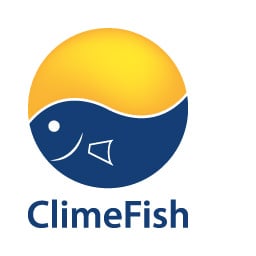Sprat (Sprattus sprattus)
Sprat is the common name applied to a group of forage fish belonging to the genus Sprattus in the family Clupeidae. The term is also applied to a number of other small sprat-like forage fish. Like most forage fishes, sprats are highly active small oily fish. They travel in large schools with other fish and swim continuously throughout the day.
They are recognized for their nutritional value as they contain high levels of polyunsaturated fats, considered beneficial to the human diet. They are eaten in many places around the world. Sprats are sometimes passed for other fish; products sold as having been prepared from anchovies (since the 19th century) and sardines are sometimes prepared from sprats, as the authentic ones used to be less accessible. They are known for their smooth flavour and are easy to mistake for baby sardines.
Fish stocks exhibit unique spatial and temporal distribution patterns related to their bioclimatic niche. Climate changes and the associated shifts in primary and secondary production have therefore impacted the distribution range, migratory habits and stock size of many marine fish species. However, few have been affected as dramatically as the straddling pelagic stocks. They provide an interesting showcase of extreme changes where climate induced fluctuations affect important biological processes such as reproductive success, population dynamics, migration patterns and interactions between fish populations.
The pelagic species considered in ClimeFish are herring (Clupea harengus), blue whiting (Micromesistius poutassou), mackerel (Scomber scombrus), capelin (Mallotus villosus) and sprat (Sprattus sprattus), as well as anchovy (Engraulis encrasicolus) and sardine (Sardina pilchardus) as emerging species. You can read more about these cases here.

